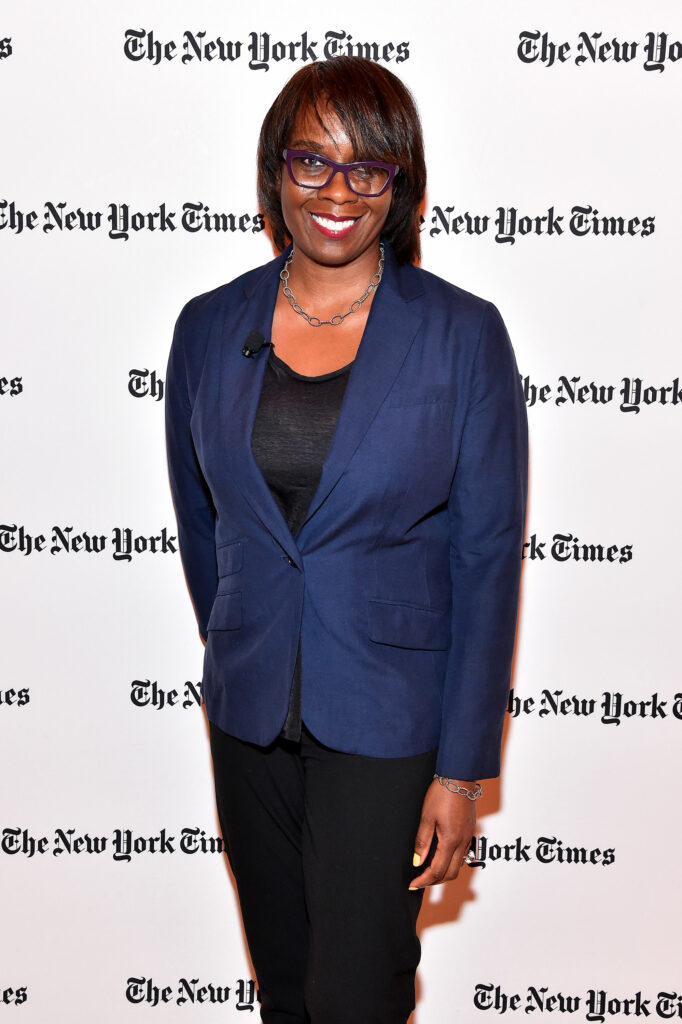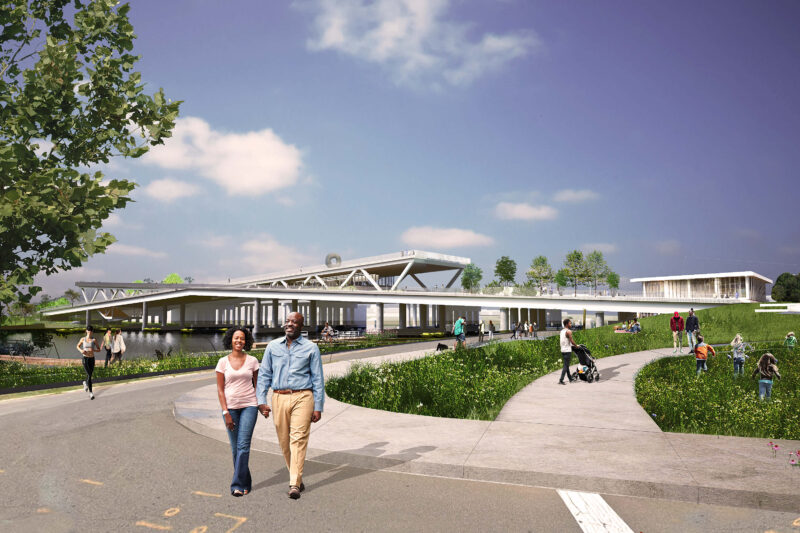Where MCM Influence Meets Equitable Design
As leader of The Just City Lab, Toni Griffin has been researching, teaching and implementing the design of just cities around the world. While her Bachelor’s degree at the University of Notre Dame and Loeb Fellowship at Harvard University graduate School of Design reflect a traditional education in architecture, she pivoted her practice to encompass urban design and planning after launching her career as an architect over the course of a decade in her home city of Chicago. Griffin has since collaborated with community developers, activists and residents to deliver impactful projects specializing in spatial and racial justice across St. Louis, Memphis, Milwaukee, Pittsburgh and Newark.

Perhaps one of Toni Griffin’s greatest contributions to the field is the lab’s Just City Index which names fifty values most important to the creation of more just neighborhoods, cities and public spaces. While most frameworks of this nature privilege the designers, the Just City Index empowers residents and community members to create a shared values system specific to their cities and communities.

In her role as an educator, Toni Griffin partners with students to probe the question: Why should we care about justice and equity in design? Her master’s level design studio class, “Patterned Justice: Design Languages for a Just Pittsburgh”, is named after Christopher Alexander’s 1977 urban design book A Pattern Language, which asserts: “[T]owns and buildings will not be able to come alive unless they are made by all people in society, and unless these people share a common pattern language, within which to make these buildings.” Griffin builds upon Alexander’s thesis and applies the lens of justice and injustice, and her projects reflect the core belief that “issues of a place and people [are] distinctly intertwined.”


Repurposing a dilapidated railway trestle as the site for a new park connecting Washington D.C.’s socially and economically disparate Ward 6 and Ward 8 on either side of the Anacostia River, the 11th Street Bridge project has been compared to New York’s High Line park for its vision to reclaim and reuse sites decimated by urban renewal. As Director of Design for the Anacostia Waterfront Corporation, Griffin was one of the jurors that awarded architecture firms OMA and Olin the winning design in the 11th street Bridge Park design competition. Traces of MCM influence are expressed in the split-level structure as well as the continuity between indoor and outdoor space among green garden spaces, a waterfall feature, an environmental learning center, a performance stage and a café. Griffin’s values driven approach is also evident in the project which claims values such as equity and community, as well as delight to guide the design process. At the center of the split-level structure is an iconic “X” shape, imbuing meaning to the park’s original vision to be “an intersection where communities on both sides of the river—which have been socially, economically, and politically disparate—to converge and coexist.”
While Griffin’s body of work has taken on a wide breadth of challenges across a vast range of cities, the throughline of all her projects is that they are “rooted in change: change that is happening, change that is needed, or change that is being prevented.” Far from being deterred by patterns of injustice laid down by infrastructure, the projects delivered by Griffin and her co-collaborators prove that designing with intention and imagination creates real possibilities for what each community, neighborhood and city can become.
To read more about contemporary architects doing exciting work influenced by MCM style, don’t miss Adjaye Associates’ Exemplary Design of the National Museum of African American History and Culture. Of course, don’t forget to follow Atomic Ranch on Instagram, Facebook and Pinterest for more Mid Century Modern inspiration!












